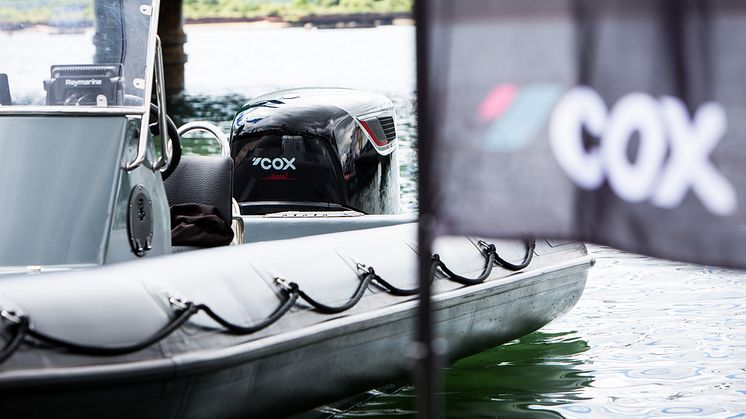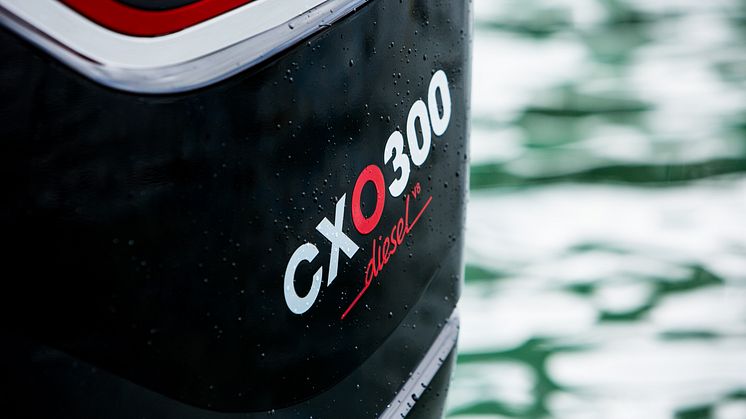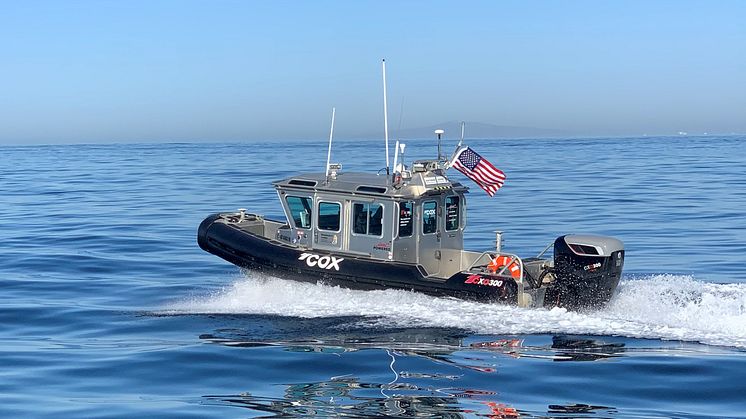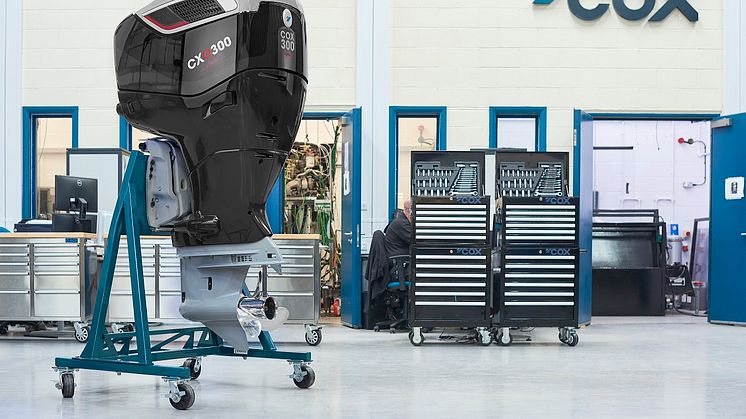
Blog post -
From Concept to Reality: The challenges of taking a breakthrough diesel outboard to production
Assembly of Cox Powertrain’s CXO300 diesel outboard has commenced with ramp-up production just around the corner. We talk to our Operations Director Jerry Attridge about the challenges the company has faced in bringing this ground-breaking engine into production
With a strong mechanical and production engineering pedigree, Jerry has spent the last 35 years working in manufacturing and engineering, primarily in the aerospace and marine markets. He has held a string of senior management positions including roles as Operations Director at Acro Aircraft Seating, Oceanair Marine and De La Rue Holographics.
Jerry joined Cox Powertrain in September 2018, in the run up to production of the CXO300. Here he talks about and the issues faced setting up its state-of-the-art manufacturing facility, the company’s ‘no fault forward’ manufacturing philosophy and the importance of excellence in both manufacturing and after-sales service.
How long has it taken to set up the production facilities?
It’s taken almost two years. However, in that time we have had two major engine design iterations with subsequent production line modifications. We also needed to significantly increase the electrical power available on site and had to deal with all the planning implications of connecting an underground power cable to a sub-station almost a mile away.
Can you describe the systems put in place and the line’s most innovative features?
The concept of our production line is ‘No Fault Forward’. That means that wherever possible, the production line has been designed to remove the possibility of an assembly error. Each phase has been created so there is only one way the engine can be assembled. In addition, the in-line inspections are equipped with cameras and gauges to check and double check that everything is correct prior to the assembly being allowed to move on to the next workstation.
Are there any particular aspects of the engine that have made it difficult to produce and which aspects did QM Systems assist with?
The CXO300 is a complex engine, so it was never going to be easy to build. Our manufacturing engineers have worked in close collaboration with our system design engineers to ensure that we have achieved a sound technical design that is able to be manufactured. QM Systems are just one of a number of key suppliers we engaged to deliver segments of our manufacturing facility. They worked with our manufacturing engineers to design and develop the cylinder headline, engine line and gearbox production lines. Other key suppliers supported us with the Engine Test Cells, Gearbox Spin rig, Lift Assists, DC tooling as well as the Manufacturing Execution system (MES).
What issues have you faced in setting up the purchase and supply chain?
We have a global supply chain consisting of over 70 suppliers, delivering in excess of 750 parts. Many of these already supply into the automotive sector. It’s a difficult balance to achieve technologic advancements whilst maintaining high-quality products and achieving value for money. It has been a challenge to accomplish this, especially when we are perceived as a start-up business. Our dedicated purchasing team have done and continue to do a sterling job.
Has it been difficult to find the right employees?
We held an onsite recruitment day in September which was very well attended. It gave us a good opportunity to provide potential employees with a flavour of the roles that were available as well as a glimpse of the working environment. We conducted mini 10-minute interviews to match candidates against our values and from there, created a short list. During the subsequent weeks, full interviews were held and as a consequence we successfully appointed a full production team of 21 people, including 19 technicians and 2 supervisors.
What skills were you looking for and how many production staff will you employ?
We were looking for energetic, driven and enthusiastic assembly builders with strong attention to detail and an ability to complete work accurately and thoroughly. Initially, we have employed around 30 people on a single shift. Later in the year we intend on running a second shift which may double this figure.
How many engines will be produced each month?
After our initial ramp up, we will produce up to 160 outboards per month. Later in the year we will increase that to around 240 outboards per month. At first, we will run production five days per week for eight hours a day, then later in the year we will run a second shift.
Can you tell me why the after-sales service is so important and what measures you have put in place to make this as effective as possible?
After-sales is one of the three pillars upon which we have built our business model. The whole reason the outboard market has taken over boat propulsion is as a result of ease of service and overhaul.
Therefore, it is essential that our after-sales service matches the standard of our product and our customers will only be happy if they can confidently use the engine to go out to sea reliably. We have put in place stringent customer service milestones throughout our service network with the aim of offering a quicker service and more pleasant experience.
What promises are you making in terms of speed of repair worldwide?
We want to exceed the level of service offered by our competitors, so we’ve put in place a stringent dealer rating scheme – from Bronze to Platinum – with the highest of the four levels operating as Cox centers of excellence. We are also in the process of developing an app. to make the servicing experience as easy as possible for our customers.
Platinum dealers are required to have at least three Cox-trained mechanics as part of a well-established service team with decades of experience. They must offer 24/7 customer support and carry all necessary equipment, tooling and parts to overhaul a modern common-rail diesel engine. They also need to be able to fix any issues on the tightest of timelines and deliver Cox’s engine substitution programme if necessary.
It has taken a long time to get the CXO300 into production. Can you explain a bit more detail as to why that is?
This is a ground-breaking product and we only get one chance to make a first impression, so it is critical that we test and verify every part of the outboard design, supply chain and production line functionality prior to us shipping to our customers.
Find out more about the CXO300 diesel outboard here
Cox Media contacts:
Rachel Bridge, Marketing Communications Manager
Cox Powertrain Limited
Tel: +44 (0) 1273 454 424
E: marketing@coxpowertrain.com
Karen Bartlett
Saltwater Stone
Tel: +44 (0) 1202 669 244





